A 30 Year Journey Through the Wonderful Career of Dina Goldstein
All images by Dina Goldstein. Used with permission.
“This is definitely not the end,” says Dina Goldstein. She adds, “in fact, it feels like a new start.” Goldstein has worked tirelessly to create an archive that includes 30 years of work. But as she says, this is not the end. Instead, it’s the start of a new beginning. A photojournalist at her core, Goldstein has committed herself to document the world as she saw it. She very kindly invited us to join her in reflecting on the first 30 years of her career. From her successes to her most significant challenges, in this interview, she was happy to share all.
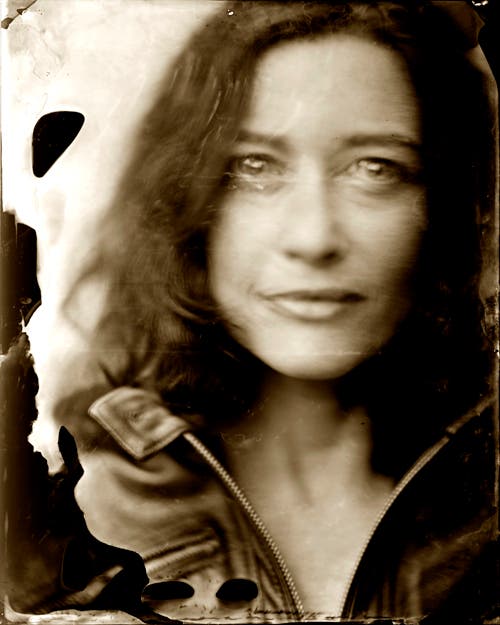
Phoblographer: 30 years in the photo industry; how do you feel about that?
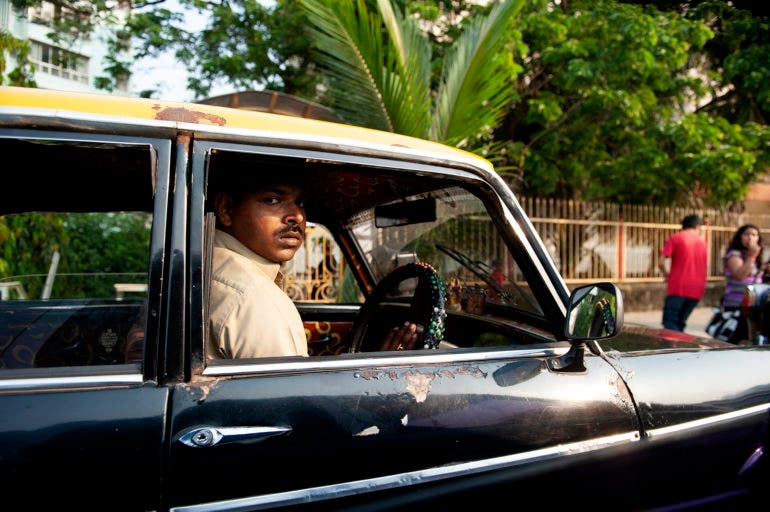
Dina Goldstein: It’s hard to believe that 30 years have passed. Time really flies and especially when you’re busy! I think its something to appreciate and celebrate! To mark this occasion, I have compiled an archive of images that I have captured within the first 30 years of my career as a photographer.
Phoblographer: You started as a portrait photographer, using your old roommate, David, as a muse. Looking back, what are your thoughts on that time when it all first started?
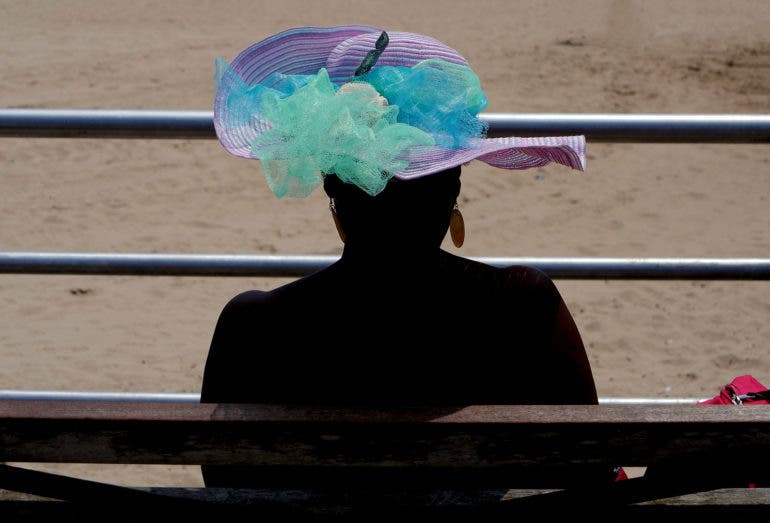
Dina Goldstein: I was young and surrounded by artists, musicians and actors. It was a creative and wild environment. I was the only photographer in the group, therefore, I was the go-to person for pictures. We were all open to experimentation and play, and I was eager to learn as much about photography as possible. David was an excellent subject and together we came up with exciting concepts. We would recruit our creative friends to help with makeup, costumes and props.
Phoblographer: Eventually, you felt your calling was photojournalism. Why is that?
Dina Goldstein: Actually, photojournalism was my first love and the reason that I wanted to become a photographer in the first place. My aunt worked at the Press office in Jerusalem and as a child I met many journalists. I was fascinated by their curiosity and bravery, they were sometimes risking their own lives to bring important stories to the public.

Since I was always a visual person, and art was crucial to me growing up as an immigrant child in Canada, photojournalism made sense as a career path. I wanted to follow in the footsteps of pioneering women photographers like Margaret Bourke White, Dorothea Lange, and Diane Arbus.
Phoblographer: You’ve often spoken about your mother’s diagnosis of breast cancer. Can you please tell us how you feel that time influenced your work?
Dina Goldstein: This was definitely a turning point for me as a photographer and artist. In the early 2000s, I was a busy editorial photographer. I was shooting assignments of noteworthy people for various international magazines. There was much travel, and the budgets were decent.

Digital photography was adapted by most press photographers by the mid-2000s. When digital cameras became more affordable and easy to operate, the industry began to change. Art directors and writers started to take their own pictures, and the quality of the editorial photograph was diminishing. At that time, I had my first daughter, Jordan, and I continued to photograph through those early days of new motherhood.
When Jordan was about two years old and obsessed with Disney Princesses, my mother was diagnosed with Breast Cancer. The realities and brutal effects of Cancer contrasted greatly with the happily ever after endings and outdated messaging from Disney. The concept of disillusionment inspired me to explore more meaningful work. This changed my photographic practice from glossy editorials to complex staged photo tableaux.
Phoblographer: Aside from your professional work, what do you enjoy to photograph for fun?
Dina Goldstein: I enjoy documenting my city of Vancouver, B.C, a place of immense natural beauty. I live and work on the Eastside with areas of great socioeconomic disparity, homelessness and drug addiction – especially in the Downtown Eastside.

Recently I have been documenting a local park overtaken by a homeless encampment with an ever-changing landscape of tents and ramshackle structures. I wouldn’t say that it’s fun, but I enjoy the process of meeting people, hearing their stories and documenting the times.
Phoblographer: What do you think it is about photography that’s kept you so connected to it over these 30 years?
Dina Goldstein: I am a nostalgic person and photographs have always been special to me. From going through my grandmothers photo albums to pictures of my kids when they were babies. The materiality of the physical photograph, a sort of time capsule, and the means of capture have always been magical to me.
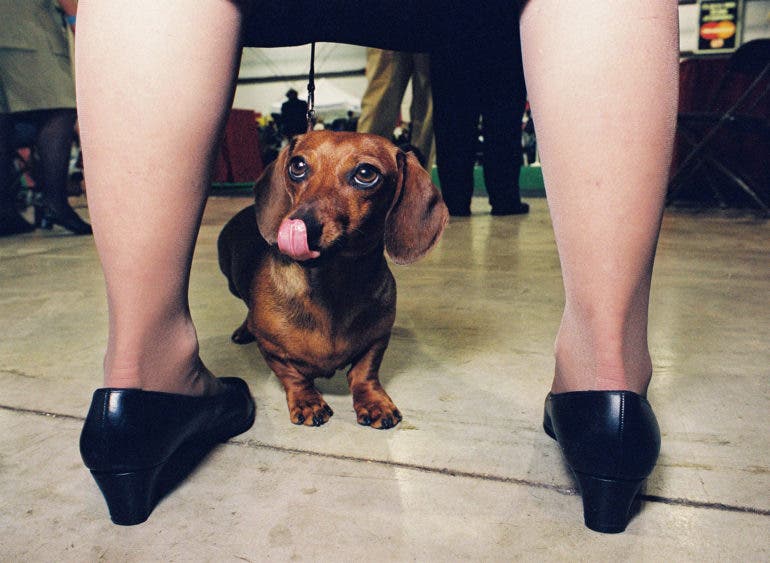
I am never alone then I’m with my camera! I never get bored. There are always new things to discover and experience. Photography itself is an ever-changing and evolving medium that has allowed me to convey stories and make social commentary; first through photojournalism and then with staged photography.
Phoblographer: One of your first assignments as a photojournalist was in Gaza. That’s not an easy job, even for the seasoned pro. Please tell us what that was like. What were the biggest challenges, and how did you overcome them?
Dina Goldstein: It was a challenge getting into Gaza even with a fixer, a Palestinian Reuters photographer, waiting at the other side of the border. The IDF soldiers tried to persuade me from entering Gaza with constant questioning about why I would even want to go into this war torn and dangerous area.
I was determined and waited for five hours until I was allowed in. The Reuters photographer was patient even though he was late getting to his assignment, a scrummage with Jewish Orthodox settlers and Palestinians throwing rocks. We jumped right into it. The press in the middle of both screaming sides with rocks hurling towards us. It was terrifying!

As the crowd dispersed, we were left lingering with the Palestinian and Israeli press and some Israeli soldiers who were there to protect the settlers. It was scorching outside and I was parched! An Israeli soldier passed me his water bottle and I took a sip, then the Palestinian camera person asked for some. The bottle was passed along to about four others. It was an unforgettable moment and left me thinking about how great it would be if people would be more generous despite their differences.
For the rest of the time, I focused less on the nearby battlefields (as I felt there was much coverage of it) and more on the people of Gaza and West Bank. I had some amazing conversations with the locals and mainly shot portraits. I was invited into the crumbling homes of people living in the Jabalia Refugee Camp. I photographed in school classrooms, at the market, on the beach and on the streets. The people there were warm, the children excitable and playful. I was careful but didn’t feel like I was in danger. It was 1999, and from what I understand, it’s different now; less safe for journalists and visitors are discouraged.
Phoblographer: Please correct me if I’m wrong, but I feel photojournalists hope to play a part in changing the world. When you look at the world today, and how it feels like we’re more divided than ever as a society, how does that make you feel?
Dina Goldstein: Early on in my career I came across an image of a withering tiny black hand sitting on a much larger white hand. In so many ways it almost looked like the hand is not human, the hand of a different species, unfortunately, it was the hand of a starving human being.
This was a photograph taken by Mike Wells named The starving boy in Uganda, 1980. This image gave me goosebumps! It was so powerful and demanded my attention. The image brought much-needed awareness to the rarely covered African famine of that time. This made me realize the power and potential of photography.

Photojournalists are incredibly brave and oftentimes risk their lives in order to capture these moments that will shift perspective. This is evident today where the Press pass no longer protects people out in the field. Journalists are being kidnapped and murdered. Women journalists are beaten and raped. There are also issues of systematic biases and misinformation, which complicates issues within the field of Journalism.
Phoblographer: As a candid photographer, you will have witnessed a shift in culture/subcultures over time. Which era was the most enjoyable to document and why?
Dina Goldstein: With every decade comes expanded knowledge and perspective. I really enjoyed the early 90s! Maybe because I was just starting out and everything was so fresh. I cherish the early portraits I made during this time. I was fearless and experimental on the street, in the studio and with processes and techniques.

At the beginning of the 2000s I started shooting with a Fuji medium format range finder that produced extraordinarily sharp and vivid images. I still travel with this camera today. I also began working on long term personal projects like TRACKRECORD (2002-2004) and traveling on assignments. Even though I grumble about how digital changed the editorial industry, I was able to embrace the medium by the mid-2000s.
Digital shooting seemed quite simple for me after years of dealing with film, although it lacked the character of film! My career path changed after the release of my first large scale series, Fallen Princesses, (2008-2010). In the 2010s, I shifted to a film production methodology to be able to accomplish images with detailed narratives occurring within one frame and in a series of at least 10 images. I began to work with actors and models, and with a crew of assistants, makeup artist, costumers, set decorators. I continue to enjoy collaborating with a team of creatives in order to realize these large scale projects.
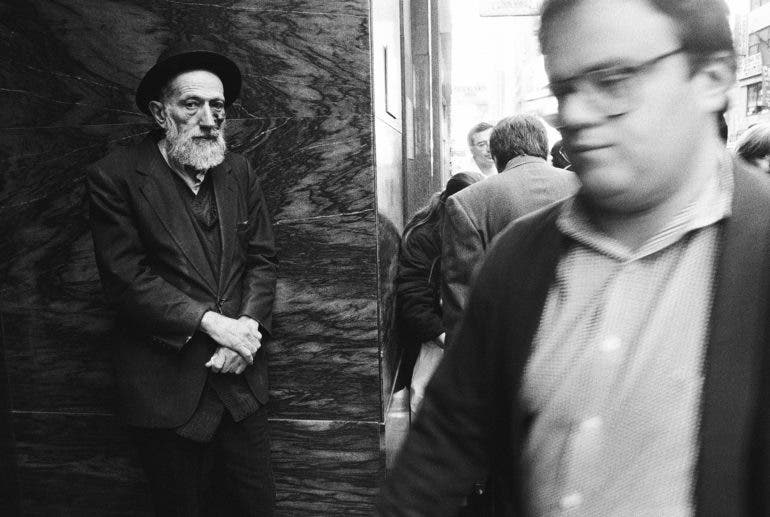
This last decade has been about exhibiting my works internationally at galleries, festivals, biennales and museums. I enjoy the travel and opportunity to emerge myself in other cultures, to meet curators and commiserate with other participating artists. I’m glad that my photography can be enjoyed, interpreted and disseminated throughout the world.
Phoblographer: We can only imagine how many images you have made. How long did it take you to create this final archive?
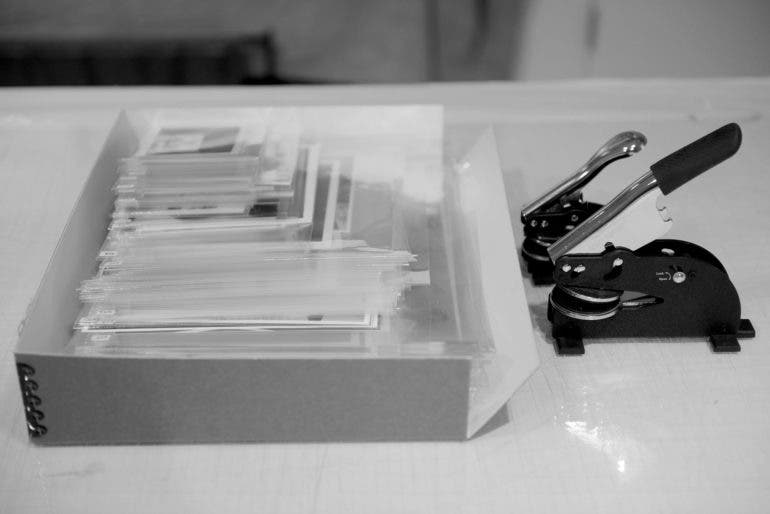
Dina Goldstein: I began scanning images last April, not expecting the work to carry on for the whole year. In fact I am still scanning and printing images to add to the archive! The archive document contains all the necessary information and description of each print, and is constantly revised and updated.

Every piece has been photographed and is listed online on my website. I didn’t have an established system at the start, but we figured it out along the way. I had a few assistants come into the studio during the pandemic and we worked safely and tirelessly to figure out how to put a plan in motion. There are six main steps; scanning film, printing, photographing the prints, serial numbering and document input, packaging, and importing the archive online. So far, over 2500 pieces have been printed and packaged. They are all stored away in archival photo boxes and housed at my studio.

Phoblographer: Did you work alone in selecting the images, or did you gather opinion from others?
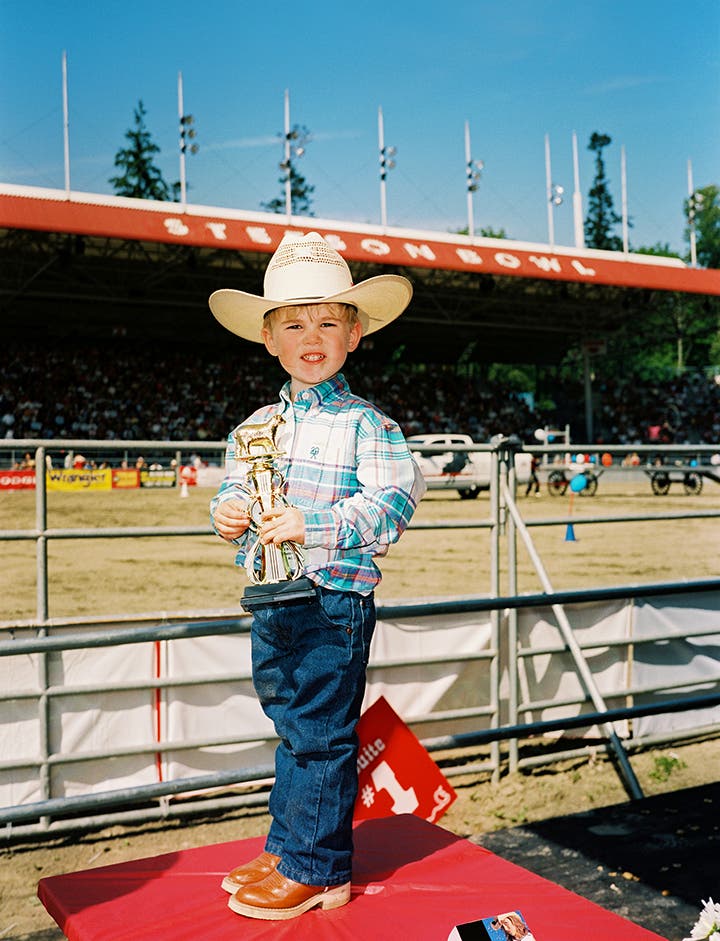
Dina Goldstein: I did work alone in selecting the archive images. Mainly because I was limited with the pandemic shut down at the start of last year. I had to go through many binders of negatives, and in retrospect, it would have been difficult to do this with another person. Next, I plan to collect images for a XXX book. For this, I’ll reach out for advice and guidance.
Phoblographer: When we hear “archive,” it can lead us to think someone is ready to put their camera on the shelf. Do you intend to keep creating photographs? If yes, what does the future hold?
Dina Goldstein: There is a certain peace that comes with knowing that your house is in order! This is my legacy so far, and there is more to come. I will continue to add to the archive over time and update it regularly.
Now that the last 30 years of my photography is properly documented and archived, I can proceed with new projects. My next large scale project will be autobiographical and will take me into uncharted territory, impelling me to look within and dissect the defining moments of my life.
You can see more of Dina’s work by visiting her website.